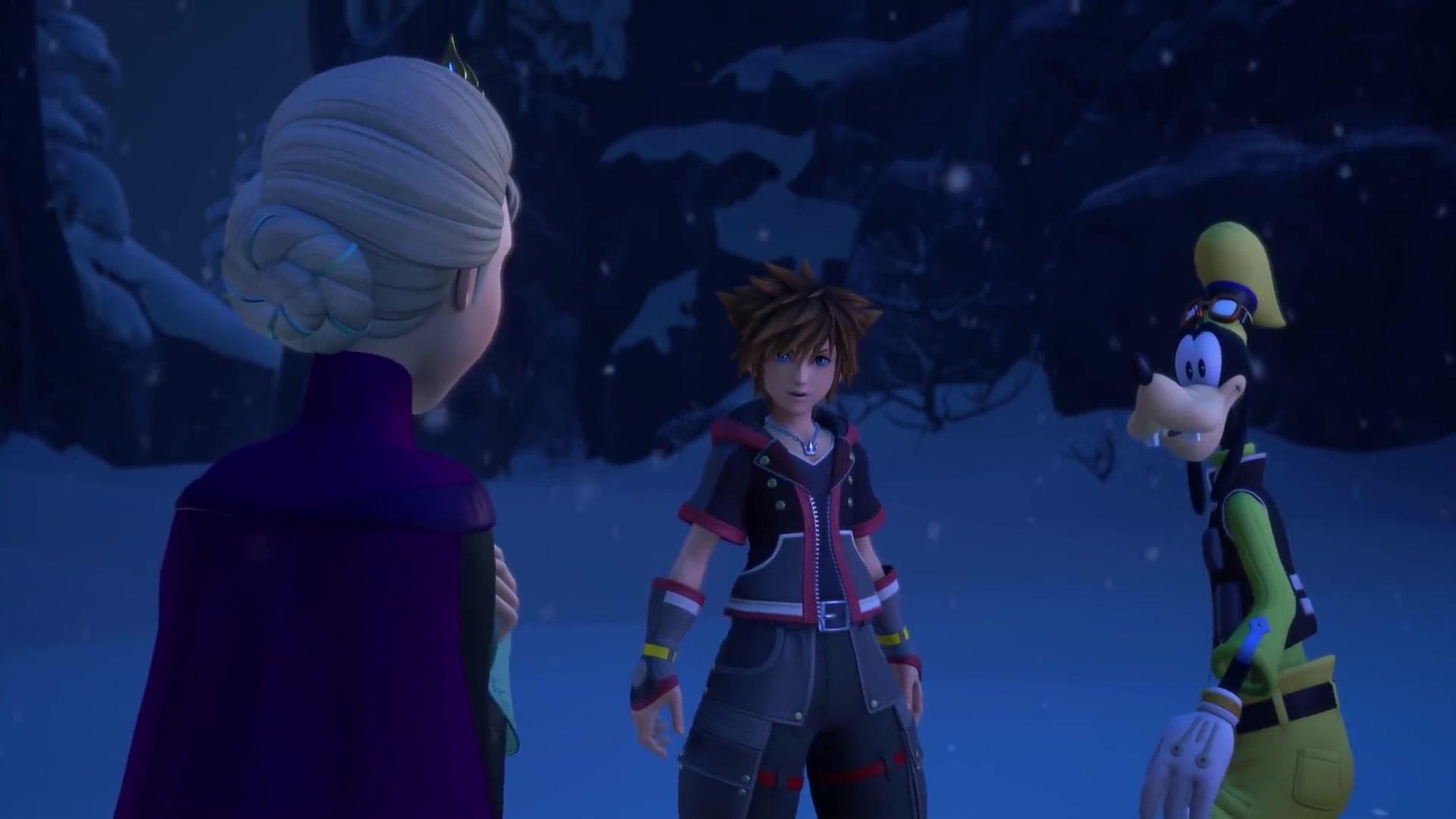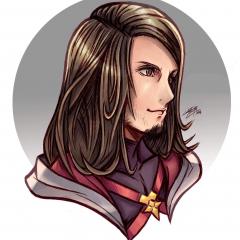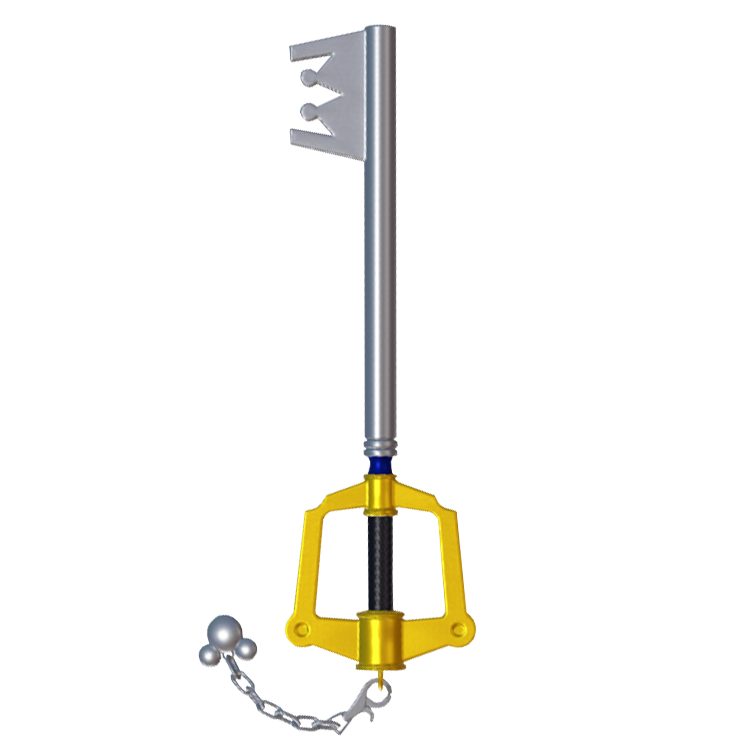IGN have recently published a feature and a video on talking with members of the Kingdom Hearts III development team about working with Disney in this project. Toru Yamazaki (art director), Kayoko Yajima (lead facial animator), Tai Yasue (co-director), Koji Inoue and Munenori Shinagawa (animation directors), and Tetsuya Nomura (series director) talked about the rewards and challenges working with Disney and Pixar for the game. The video also shows the Square Enix developers show off some of the work they used for the development. (For those who haven't player or finished Kingdom Hearts III yet, be aware that the video contains some cutscene and gameplay footage from the game.)
In the video, Yamazaki explained how in previous titles they would recreate the characters from scratch based off the properties, whereas for Kingdom Hearts III they asked Disney to share their resources with them. Disney have provided the original polygon shapes of characters with guidelines on how to add more detail, such as hair and clothes) on them. However, things didn't always go as planned as those resources were not originally made to be used in a video game. For example, models' joints weren't defined and so had to be added manually and physics-enabled objects like capes needed to be particularly revisited.
QuoteArt director, Toru Yamazaki:
“This time around, because we were planning on making such a high-end game, we talked to Disney about sharing resources with us. Up until now, the way Kingdom Hearts have been made is that we would watch the movies and copy the costumes as we saw them. But this time around, because we wanted to be really accurate and wanted to have everything down to the last detail completely the same we decided to ask Disney to share their resources with us.
"Disney was very concerned with what Elsa’s hair looked like. Of course she’s got this beautiful golden-white hair that’s always flowing and beautiful, and when we got the data, her hair was just sticking straight backwards.
"So we used animation initially to bring it forward, but no matter how we did that it didn’t quite look right, it always kind of looked a little weird, and Disney wasn’t happy with that. Ultimately, what we had to do, we told them, ‘with the data you guys gave us, and what we’re working with, we can’t make it look any better than this’.
"What we ended up doing was remaking the hair, not from the model they gave to us. It was the one part that was like, ‘oh this doesn’t make sense, we’re not supposed to be changing anything, but we have to change it to make it looks like it looks in the movie itself’.”
Of course, making sure your game is as accurate to the film as possible means there needed to be lots of things to be approved over time. Both Disney and Square wanted to make sure that the team were doing an incredible job at recreating their magic and sometimes were there approving things every step of the way. It seemed that every single detail in the process had to get approved before even moving on to the next scene, and any change that they had made needed to be explained.
QuoteLead facial animator, Kayoko Yajima:
“There was actually a lot of pressure to get even the smallest details that you wouldn’t even think would be that important to look like they do in the movie. We get requests from Disney and Pixar like, ‘we want them to be showing less teeth here,’ or ‘their eyelids need to move differently,’ or ‘their line of sight isn’t quite right’. Of course, cutscenes are where the soul of the character comes out, so it was something that we put a lot of effort into and adjusted down to the minutiae.”
Disney and Pixar not only required changes after things were made; Square needed their approval at almost every stage from concept to finished product. According to Yasue, cutscenes were the most inspected element in the game perhaps due to portraying the source material most intimately.
With things needing to be approved almost every minute, other things they had an easier chance with. As it turns out, the crazier the change to the original property the more likely it had a chance of being approved. This is because changing the character so it is not the same but still recognizable, Disney didn't make a fuss due to perceiving it as a new character altogether.
QuoteCo-director, Tai Yasue:
On making characters outlandish: “[The Lion King’s Simba appears as a] fire entity. [We] didn’t have a lot of difficulty. He’s not Simba. So we showed Disney our drawings and everything, and shared that, and we got that approved. But at the same time, it wasn’t the real character. So I think, in that respect, it was easier.”
On cutscenes requiring approval: “There's a lot of different stages for each [team]. I guess it depends on what you're making. For cutscenes, for example, it’s like a waterfall. You have the plot, the story, the storyboards, we get checked each time, right?”
For gameplay, they team brainstormed ideas that they thought Disney would be likely to approve for its world and characters before letting them see a walkthrough and accepting comments. Painstakingly, every single gameplay action was scrutinized to the smallest detail. However, Disney's role was not only to correct, but to collaborate as well as things had to have some sort of continuity. For instance, Inoue mentioned that when Square approached Disney with a story about a Wreck-It Ralph summon that pounds the ground, Disney recalled a scene from the movie where he did exactly that. Inoue also talked about how pleased Pixar animators were to see their IPs, such as Monsters, Inc., recreated with technology superior to what they had when those movies were first made.
QuoteAnimation director, Koji Inoue:
“You know, we’ll program an action in and Disney or Pixar will say ‘that’s a bit too violent’, or ‘they wouldn’t do that sort of thing’. When it came to Remy from Ratatouille, they talked a lot about the precise movements of his tail."
In regards to recreating Pixar IPs with the latest technology: “It was a question of, 'even if they were made with older technology, what would they look like if they were appearing in higher quality now?' We wanted it to look like the original, but the original in its most modern, highest technology form.”
“The feedback was always, ‘it looks so nice to have it in such high quality.’ It was actually to the extent where Pixar was saying that some people who'd seen it were saying, ‘wait are you guys making a new movie?’ Because it was exactly like it was supposed to look like.”
Along with making the Disney experience in Kingdom Hearts III more authentic, getting feedback for their project ended up helping the Square developers in the long run to become better animators and storytellers.
QuoteAnimation director, Munenori Shinagawa:
“Pixar was actually quite specific about the things that they wanted us to change, and one of the things was line of sight. That was something that we had probably not paid as much attention to as we should have. Ultimately, we ended up doing a lot of Pixar scenes very early on in the process, and what they taught us about line of sight really helped up the quality of the animation throughout the game.”
Working with Disney was one thing, but also working with Pixar was very different. Pixar was in fact more attached to their property, approving more stages of production and participating in weekly conference calls with the animation teams to ensure the most accurate representation of their IPs. Both Disney and Pixar kept their teams of animators intact following the release of their IPs - and they all had a say in the reproduction of their work in Kingdom Hearts III. Nomura went on to explain how it was working with both companies, how they reacted differently to the same issue (even within the same studio) with how the plot of the world should go as well as how it should look. He also had some convincing to do for the studios to fall in like with his longtime vision of Sora and friends canonically arriving to the Disney worlds.
QuoteSeries creator, Tetsuya Nomura:
"[Pixar cares more about the] technical, creative side of things, [while Disney focuses more on] the overall production. I would say that we, as a company and a team, are more like Pixar.
“For each different world we had to deal with a different team, and [creating a plot] was largely down to what their feelings were on what they wanted to happen. There were some teams that were like, ‘Ooh, if you make a new story, you’re going to kind of ruin the world that we created,’ whereas there were teams, like Toy Story, who said to us, ’Well, we can’t have it in that world, but if you want to make a new story, that’s fine.’
“From team to team, the kind of color, or the way they did things, the feel was quite different. For example, Toy Story and Monsters, Inc., those two teams were completely different from each other."
On his vision to have Sora and friends canonically arriving in Disney’s worlds: “When I first brought this to Pixar and I asked about doing that, they were like, ‘Actually, no. The Toy Story story is complete. It’s a complete package the way it is, and we can’t really change that.’ I told them if I’m going to do this in the Kingdom Hearts way, then it’s going to become a case of, ’Actually, Sora and his friends did come into the world.’"
On Toy Box’s plot line happening between Toy Story 2 and Toy Story 3: “I said, ‘Okay, so is it fair to assume that Woody and Buzz, and friends, remember Sora and everybody coming? Is it part of the story now?’ and they were like, ‘yeah,’ and I was kind of like, ‘Oh! Okay.’”







Recommended Comments
Join the conversation
You can post now and register later. If you have an account, sign in now to post with your account.